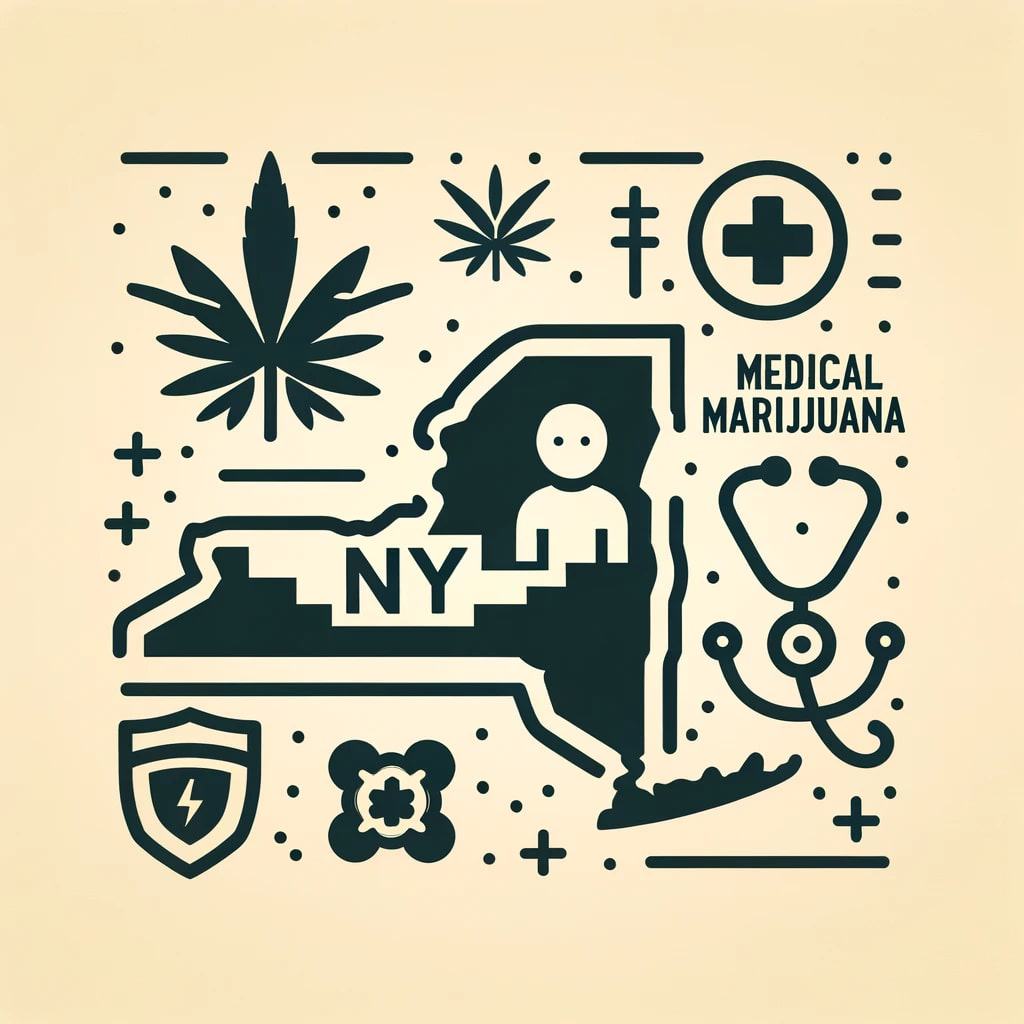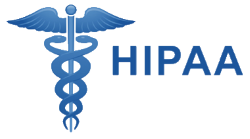- [email protected]
- (619) 304-4004
Explore the regulated world of pediatric medical marijuana use in New York, focusing on safety, legal guidelines, and management. This blog offers crucial insights for families considering medical marijuana for children, ensuring informed decisions and safe treatment under New York’s comprehensive regulatory framework.
Medical Marijuana in New York

In New York, pediatric use of medical marijuana is carefully regulated under the Marijuana Regulation and Taxation Act, focusing on safety and controlled usage.
This blog explores the complexities of using medical marijuana for children, including the legal framework, qualifying conditions, and safety concerns. Special attention is given to the potential impact on the developing brain and the risks of psychiatric effects.
It also highlights the critical role of parents and healthcare providers in monitoring and managing treatment, ensuring compliance with state regulations.
Essential for families considering this option, the blog offers valuable insights into pediatric medical marijuana use in New York, guiding them through the decision-making process with informed understanding and caution.
In New York, the legal status of pediatric use of medical marijuana has evolved to offer a more patient-centric approach. As of 2023, there are no specific qualifying medical conditions for receiving medical marijuana treatment.
This change empowers healthcare providers in the state to exercise their professional discretion in determining whether a pediatric patient’s condition qualifies for medical cannabis access.
The New York Office of Cannabis Management (OCM) no longer issues medical marijuana cards. Instead, patients, including pediatric patients, require a certification from a healthcare provider.
This MMJ certification, along with a valid government-issued photo ID, is used to purchase medical cannabis at licensed dispensaries.
Given the updated approach in New York, there is no predefined list of qualifying conditions for children to access medical marijuana. Healthcare providers have the autonomy to decide if a child’s medical condition could benefit from medical cannabis treatment.
This approach is more flexible and personalized, allowing for individualized treatment plans based on the child’s specific health needs and circumstances.

The safety of medical marijuana for pediatric patients in New York, as in other states, is a topic that requires careful consideration and is guided by ongoing research and clinical practices.
Determining the appropriate dosage of medical marijuana for pediatric patients is a complex and critical process, guided by several key principles to ensure safety and efficacy. Here are the general guidelines followed in dosing for children:
Due to the variability in individual responses and the evolving nature of research in this area, pediatric dosing of medical marijuana requires a highly individualized and cautious approach. Parents and caregivers should work closely with healthcare providers to ensure the safe and effective use of medical marijuana in children.
For pediatric patients, the administration methods of medical marijuana are chosen with a focus on safety, efficacy, and ease of use. The recommended methods are:
The choice of administration method depends on the child’s age, the condition being treated, the child’s ability to tolerate the method, and the need for rapid versus sustained symptom control.
It’s crucial to consult with a healthcare provider experienced in pediatric medical marijuana use to determine the most appropriate method. They can provide guidance on safe usage, proper dosing, and monitoring for effectiveness and side effects.

For parents administering medical marijuana to their children, careful monitoring is crucial to ensure safety and efficacy.
Here are some tips for parents on how to monitor the effects and recognize side effects:
By closely monitoring their child and maintaining open communication with healthcare providers, parents can play a crucial role in ensuring the safe and effective use of medical marijuana in pediatric care.
Pediatric patients using medical marijuana may experience a range of side effects, similar to adults but often with different implications due to their developing bodies and brains.
Common side effects in pediatric patients include:
It’s important to note that the side effect profile can vary based on the type of medical marijuana used (THC vs. CBD dominant), the method of administration, and the individual child’s physiology and underlying health conditions.
Parents and caregivers should closely monitor for these side effects and consult with healthcare providers in New York for any concerns or unusual reactions. Regular follow-up and adjustment of the treatment plan may be necessary to minimize side effects and ensure the safety and well-being of the child.

In New York, the use of medical marijuana for pediatric patients is subject to specific legal implications and responsibilities for parents and caregivers. Understanding and adhering to these legal considerations is crucial to ensure compliance with state laws and the safety of the child. Key legal implications include:
Parents and caregivers are advised to consult with legal professionals or healthcare providers knowledgeable in medical marijuana laws in New York to fully understand their responsibilities and ensure they are providing the safest and most compliant care for their child.
Informed consent is a fundamental aspect of pediatric medical marijuana treatment, holding significant importance for several reasons:
Informed consent in pediatric medical marijuana treatment is essential for ethical, legal, and practical reasons. It ensures that parents or guardians are fully educated about the treatment, agree to it, and are active participants in the child’s healthcare journey.
In New York, parents seeking local dispensaries for pediatric medical marijuana can follow these steps to locate and choose the right dispensary for their needs:
By thoroughly researching and considering these factors, parents can find a dispensary that not only meets the legal requirements but also addresses the specific medical and personal needs of their child.
In New York, children with certain severe, debilitating, or life-threatening conditions may qualify for medical marijuana treatment. These include epilepsy, cancer, HIV/AIDS, and certain chronic diseases. The specific conditions are defined by the New York State Medical Marijuana Program.
Parents can legally obtain medical marijuana for their child by first getting a certification from a healthcare provider registered with the New York State Medical Marijuana Program. The child must then be registered as a patient, after which medical marijuana can be obtained from a state-licensed dispensary.
Common side effects in children may include drowsiness, dizziness, changes in appetite, mood alterations, and gastrointestinal issues. The severity and occurrence of these side effects can vary based on the dosage and form of medical marijuana used.
Recommended administration methods for children typically include oils, tinctures, and capsules, as they allow for precise dosing and are easier to administer. Smoking is generally not recommended for pediatric patients.
Parents should be aware of the legal requirement for a registered healthcare provider’s certification, the need for parental or guardian consent, adherence to possession limits, and compliance with the recommended forms of medical marijuana. Additionally, they should ensure that the use of medical marijuana does not conflict with school policies if administration during school hours is necessary.
In New York, the use of medical marijuana for pediatric patients is a regulated and sensitive matter, primarily reserved for severe or life-threatening conditions like epilepsy and cancer.
Parents must navigate a stringent legal framework, requiring certification from a healthcare provider registered with the New York State Medical Marijuana Program and adherence to specific administration methods, such as oils and tinctures.
The decision to use medical marijuana in children involves careful consideration of potential side effects, the necessity for informed consent, and an understanding of legal responsibilities. This approach ensures that treatment is not only effective but also safe and compliant with state laws.
As research evolves, it continues to shape the understanding and application of medical marijuana in pediatric care, offering potential relief and hope for affected families in New York.
https://cannabis.ny.gov/patients
https://www.mpp.org/states/new-york/
https://norml.org/laws/new-york-penalties-2/
https://cannabis.ny.gov/practitioners
https://cannabis.ny.gov/medical-cannabis

A1 Marijuana Doctors is an online platform, that connects marijuana patients to marijuana doctors in their state.

A1 Marijuana doctors is an online platform that connects medical patients to medical marijuana doctors. We offer a quick & easy way to apply for a medical marijuana card in all legal states.
Social Links
Contact Us
Quick Links
Trusted By




This website does not sell medicine nor controlled substances. It is a network of doctors & nurse practitioners, not a pharmacy / dispensary.
Copyright ©2023 A1 Marijuana Doctors. All rights reserved.